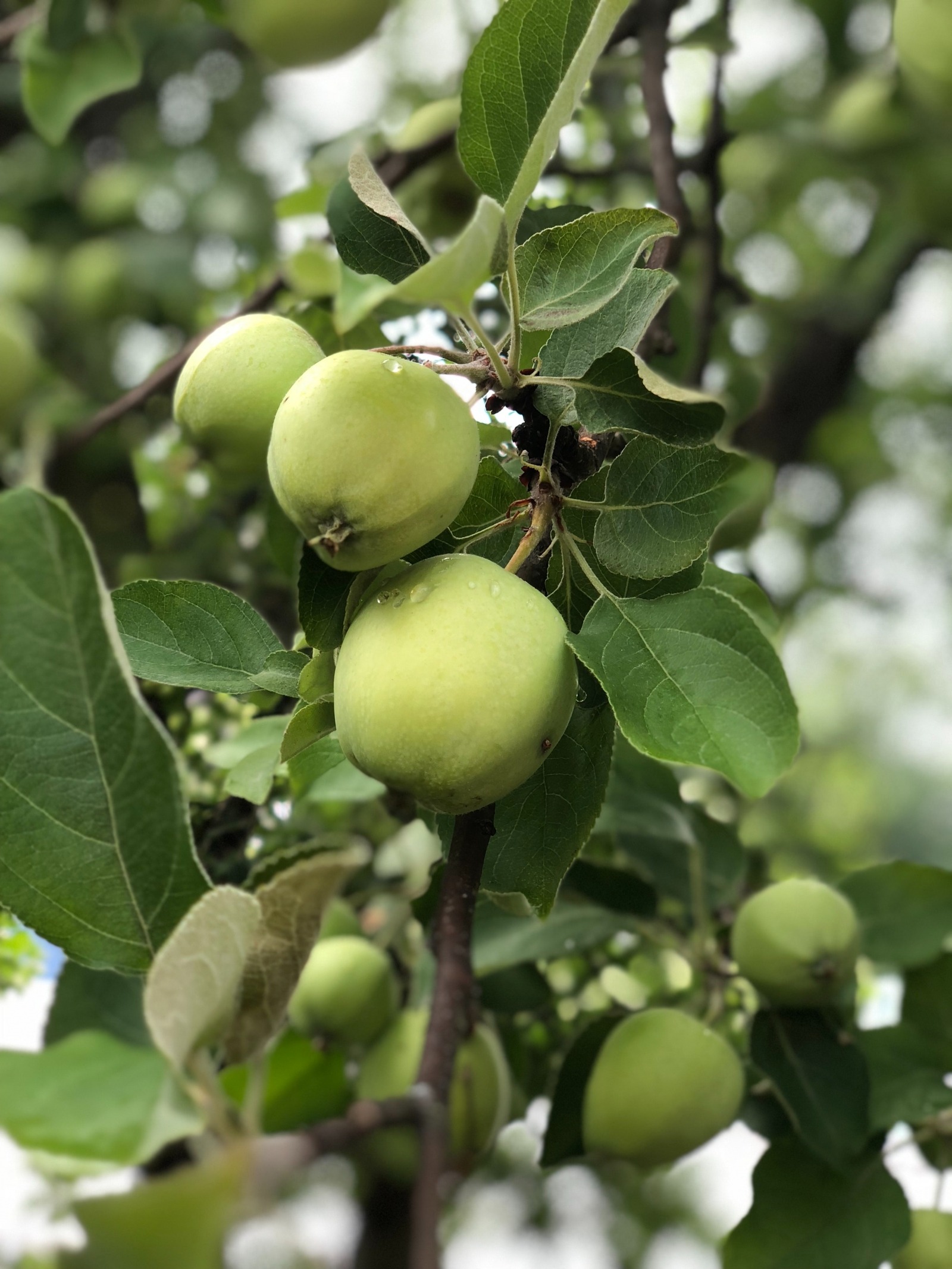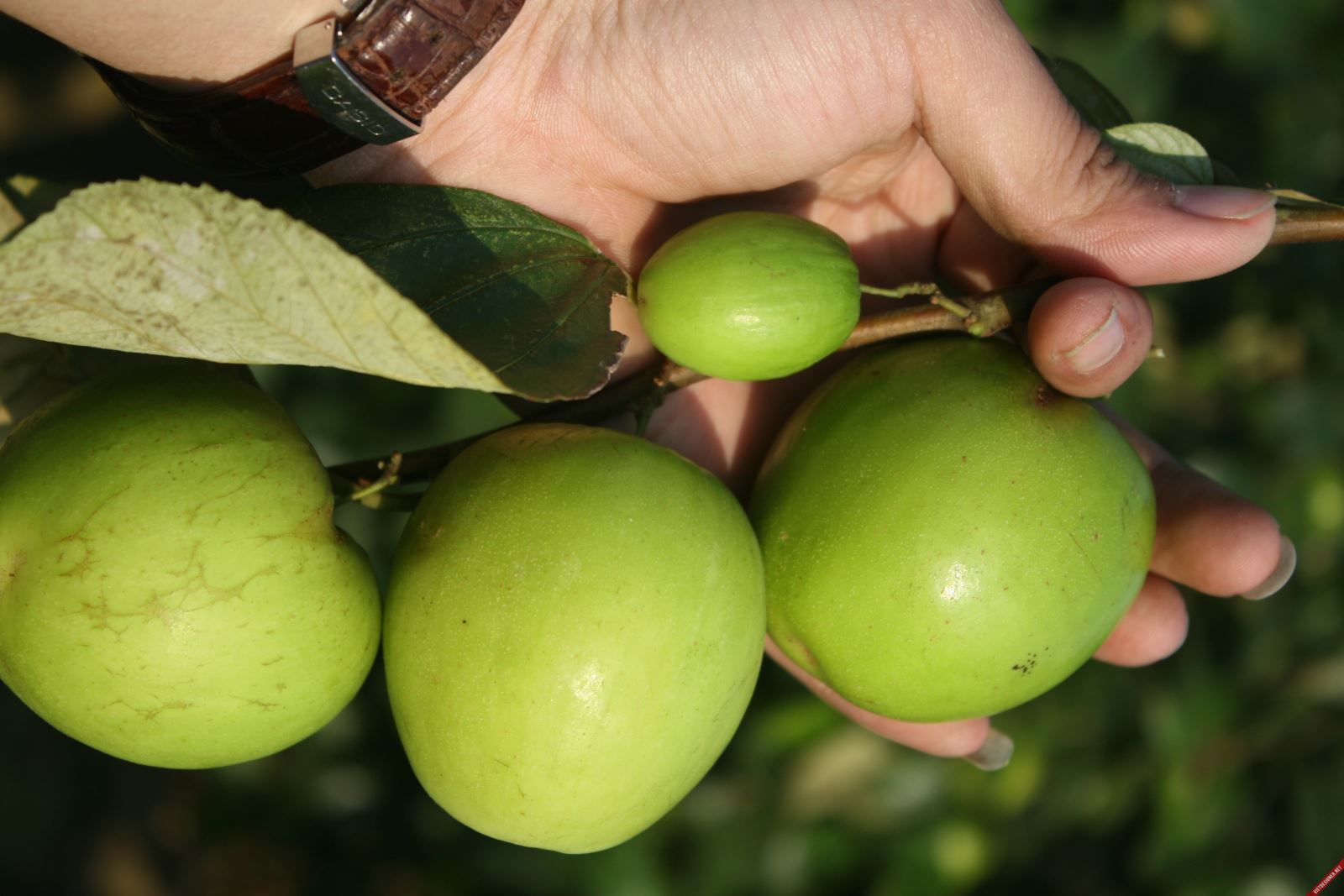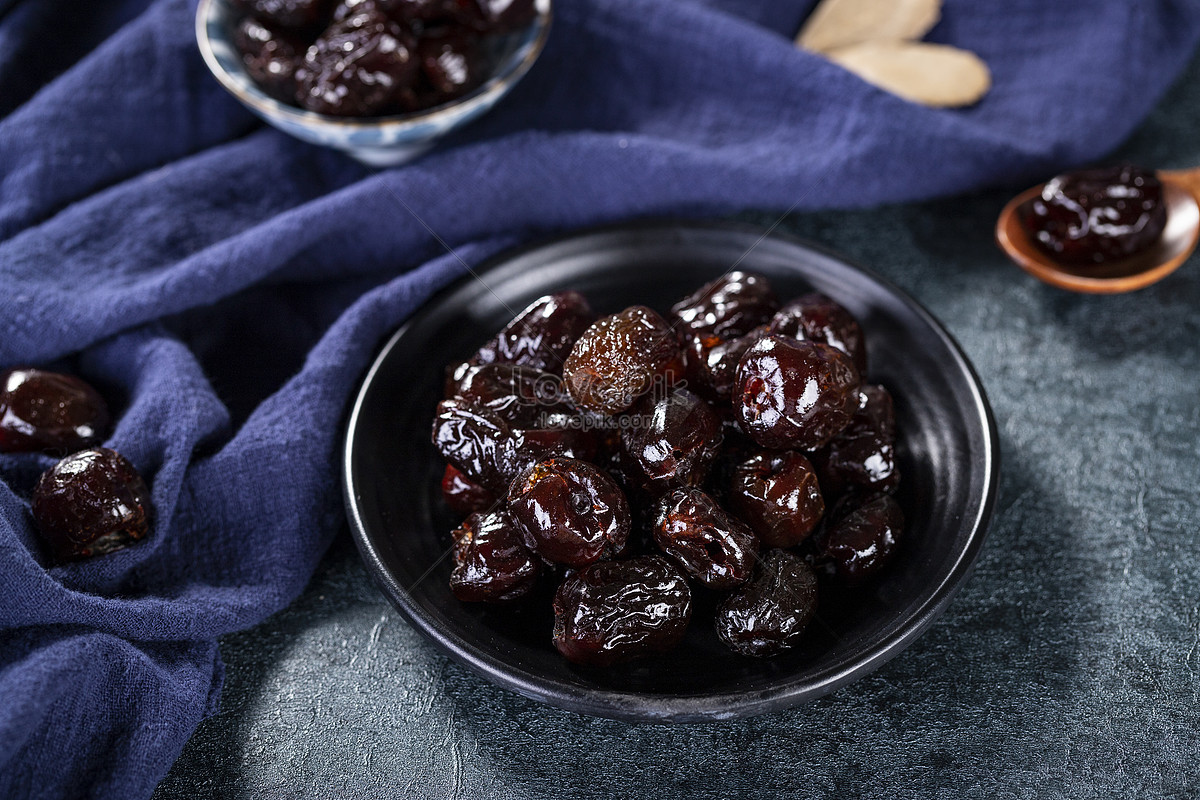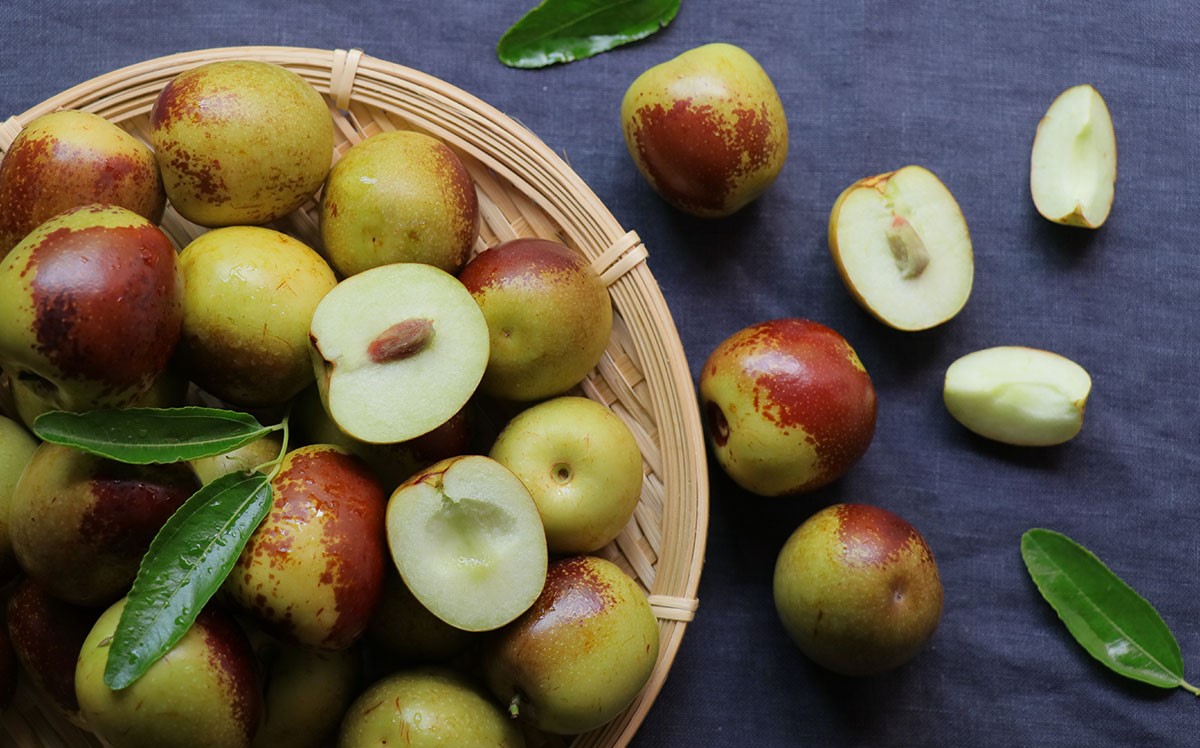As one often says, “An apple a day keeps the doctors away”. This also applies to Vietnamese apples – a green apple with a distinctive sweet taste enjoyed by everyone thanks to its health benefits.

Vietnam stands as a haven for a variety of delectable tropical fruits such as bananas, mangoes, jackfruits, etc. If you come to Vietnam, you have an opportunity to savor these delicious fresh fruits. Among them, the Vietnamese apple has emerged as a popular fruit for everyday consumption thanks to its health benefits.
1. Features of Vietnamese apple (tao ta)

Ziziphus mauritiana is the scientific name for the Vietnamese apple, locally known as “tao ta” or “tao gai”. Although this tropical apple originated from Africa, the name “tao ta” in Vietnamese means “local apple”. A Vietnamese apple features a single hard seed. They are among the ideal Vietnamese fruits for a variety of soil types and can crop in less than a year, providing a steadily high output. These apples are grown across Vietnam, extending from the North to the South.
These apples are filled with nourishment, even if they may be smaller than other varieties. According to the National Institute of Nutrition, Vietnamese apples contain 400 – 600mg of vitamin C per 100g, which is 7-10 times more than oranges and lemons. They also contain important nutrients such as albumin, lipids, iron, magnesium, and potassium. When these apples are mature, the natives frequently eat them or use them to infuse alcoholic beverages.
2. Popular types of Vietnamese apple
2.1. Gia Loc apple

Gia Loc apple is a domestically developed apple variety, first cultivated in Gia Loc district, Hai Duong province. It exhibits robust growth, excellent resistance to pests and diseases, and a relatively high yield. This apple has a pear shape, orange-yellow skin, and an average weight of about 25 – 30g. With the application of technical measures, it is possible to achieve two fruiting seasons in a year.
2.2. Thai apple
There are two types of Thai apples: the elongated variety and the round variety. Both types were introduced from Thailand to the southern region of Vietnam before 1975. For the Thai elongated apple, the trees are tall, with both leaves and fruits displaying an elongated shape. These apples are quite large, with an average weight of 35 – 40g per fruit. When ripe, they are crispy, sweet, and lightly fragrant. On the other hand, the round variety of Thai apples is characterized by a round shape. When ripe, this apple is crisp, sweet, and slightly sour, which is why it might not taste as good as the elongated kind.
2.3. Thien Phien apple
Thien Phien apples exhibit two distinct varieties: the sour type and the sweet type. Their trees typically start bearing fruit around February. As the apples ripen, the color transforms to a vibrant yellow-white, accompanied by small cracks on the skin. The flavor is a delightful blend of sweetness and mild tartness, complemented by a crispy texture. In comparison to the sweet variety, the sour variety is smaller and upon ripening, they transform into a beautiful bright yellow, featuring a tangy flavor and crispy texture.
2.4. H12 sweet apple
The H12 sweet apple variety is the result of a bud mutation from the round Thai apple grafted onto the trunk of the Thien Phien apple tree. This apple variety reaches full bloom in May and bears fruit in September, with the harvest spanning from January to February, strategically aligning with the Lunar New Year festivities. Therefore, the price of H12 sweet apples is often higher at this time of the year. This Vietnamese apple fruit has a spherical shape, displaying a rich green hue in its unripe state and pale yellow when fully ripe. Renowned for its crisp texture, deep sweetness, and delightful pear aroma, each fruit weighs approximately 20 – 25g.
2.5. Dai apple
“Dai” in Vietnamese means “big”. Dai apples exhibit robust growth, with large leaves of a moderate green color. The harvesting period for these apples typically spans from October to December, with fruit yields ranging from 7 to 12 tons per hectare. True to its name, this Vietnamese apple variety is distinguished by its exceptionally large size. When ripe, the apples showcase a bright yellow color, offering a crisp texture coupled with a sweet flavor, making them highly favored among consumers.
2.6. Xuan 21 apple

Introduced in recent years, the Xuan 21 apple is a newly hybridized variety. Featuring an oval shape, the fruit takes on a white-green hue when ripe, delivering a satisfyingly sweet taste. The harvest season often falls around December and January. Renowned for its sweetness and size, this particular apple variety has a crisp texture, refreshing taste, and distinctive aroma, making it a notable choice for consumers.
3. Prices of Vietnamese apples
You can buy Vietnamese apples at almost all Vietnamese markets and supermarkets. Remember that the prices are per kilogram rather than per fruit due to the small size of the apples. The average Vietnamese apple price ranges from 15,000 VND to 35,000 VND per kilogram, with variations based on factors such as the type of apple – whether sweet or sour – and the size of the fruit – be it large or small.
4. Various uses of Vietnamese apples
4.1. Culinary uses
Vietnamese people frequently make candied apple treats, or “mứt táo ta”, in addition to eating apples raw. These candied Vietnamese green apples are often used as presents for friends or offerings for guests during the joyous Tet celebration.
The making of Vietnamese apple salad is one inventive way that apples are used in Vietnamese cuisine. Specifically, long sticks of brown bread are sliced, cooked until crisp, and cut into tiny cubes that resemble chess pieces. Mixed with sliced apples, the salad is typically served with a side of yogurt and strawberry sauce for a well-balanced combination of flavors and textures.
Vietnamese smoothies featuring apples are also a popular beverage choice. Blending apples with yogurt, ice, and sometimes other fruits results in a smooth and invigorating drink. These apple-infused smoothies not only provide a tasty and cooling option but also make for a nutritious and wholesome refreshment.
4.2. Medical uses

The parts of the Vietnamese apple tree, including the bark, leaves, fruits, and seeds, can be utilized to support the treatment of various illnesses. Due to the abundant presence of potassium, vitamin A, and vitamin C, Vietnamese apples help enhance the immune system and effectively combat common ailments such as colds, fever, coughs, and sore throats. Combining extracts from the apple fruit with herbs like ginger, licorice, and peppermint can be effective in soothing sore throats and muscle aches.
Consuming Vietnamese apples can also aid in the treatment of blood insufficiency, dehydration, and renal nutrition. You can also simmer an apple fruit with water until it reduces, add a bit of honey, and drink it daily before bedtime. This can help calm the nerves, provide relaxation, reduce stress, and improve your sleep. Additionally, you can grind fresh apple leaves, extract the juice, add a pinch of salt, and use it as a mouthwash. This can prevent throat inflammation, treat throat infections, and relieve tongue irritation.
